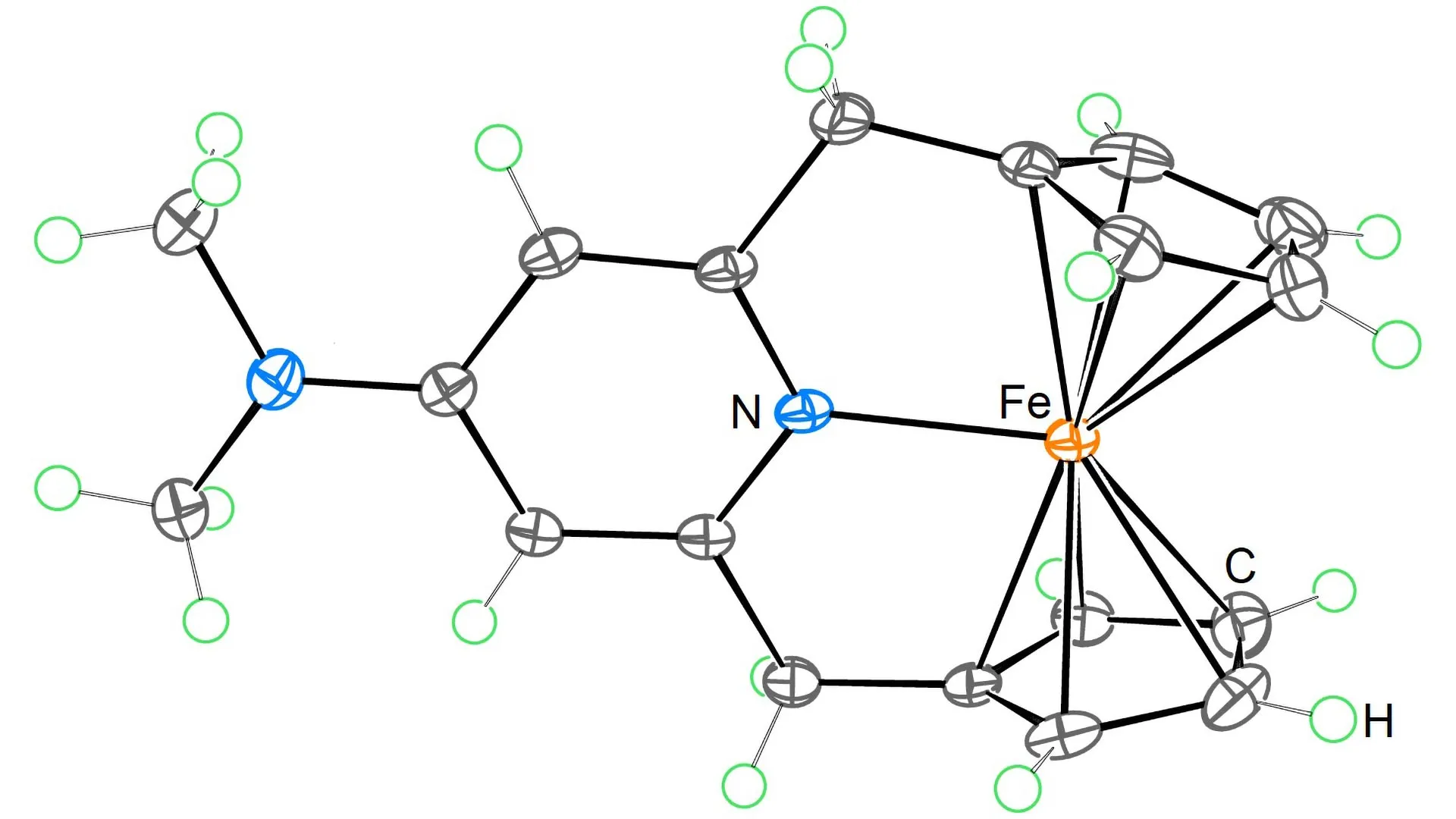The Sinister Fungus Turning Fruit Flies into Zombies: Shocking Science Revealed!

Imagine a horror movie where the villain is a tiny fungus that takes over the minds of unsuspecting fruit flies. Sounds bizarre, right? But this is not fiction; it's a shocking reality involving the Entomophthora muscae, a fungus that turns the common fruit fly into a puppet on a string!
This fungus has a gruesome method for survival: it infiltrates the fly's body, burrowing into its gut and multiplying rapidly, eventually reaching the brain. Once there, it completely takes control, forcing the fruit fly to climb to the top of the nearest tall object, where it helplessly glues its mouthparts and awaits its grim fate as night falls.
As the sun sets, the fly dies, but the horror doesn’t end there. It remains suspended in a macabre pose, wings raised, with foam-like projections bursting forth from its abdomen—each laden with hundreds of fungal spores. These spores are then launched into the air at dawn, perfectly timed to find new flies to infect.
The fascination with this fungus doesn’t just lie in its creepy tactics but also in its impressive timing. The spores are released when conditions are just right—cool and moist, avoiding the harsh glare of daylight that could desiccate them. This meticulous strategy ensures that the spores find their targets during peak fly activity, increasing the likelihood of collision with new hosts.
But how does this fungus manage such precise timing? It turns out that all living organisms have what scientists call a 'circadian clock,' which helps them respond to environmental cues like light and temperature. This clock can determine when they're most vulnerable and take advantage of it. Researchers at Harvard University delved into this phenomenon, investigating whether the timing of the flies' fatal climbs was driven by their own internal clocks or dictated by the fungus.
In a groundbreaking study, they discovered that while the flies responded to various wavelengths of light, the fungus thrived under low white light conditions. Intriguingly, the fungus lacks the ability to detect red light, yet it seems to have its own timing mechanism. The researchers concluded that the E. muscae fungus essentially acts as a puppeteer, manipulating the behavior of the fruit flies according to its own circadian rhythms.
This discovery raises a chilling possibility: the control exerted by parasites like the E. muscae might be more widespread in nature than previously thought. As the researchers stated, “We anticipate that this kind of pathogen-driven circadian timing may be far more common than currently recognized.” The world of parasites is much more intricate and horrifying than many would ever imagine!


























